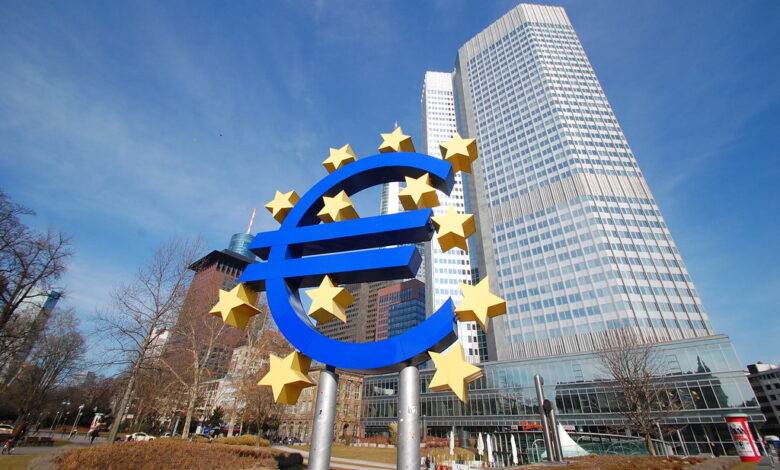ECB Pushes for Stricter Stablecoin Rules as Global Regulatory Scrutiny Intensifies

The European Central Bank (ECB) is stepping up its call for stricter oversight of multi-issuance stablecoins, citing concerns that unchecked expansion of these digital assets could trigger financial instability across borders.
European authorities warn that stablecoins issued in multiple jurisdictions by the same entity could create reserve mismatches and redemption issues, particularly if regulatory frameworks differ. The ECB has recommended closing gaps in rules for third-country stablecoin issuers, ensuring that foreign providers align with EU standards and avoid undermining financial stability.
Multi-Issuance Stablecoins in the Spotlight
The ECB’s oversight body has stressed that multi-jurisdiction issuance—where a stablecoin is simultaneously issued in and outside the EU—poses risks that MiCA (Markets in Crypto-Assets Regulation) has yet to fully address. Without harmonization, regulators fear fragmentation, arbitrage, and liquidity shocks if reserves are not consistently managed across borders.
ECB President Christine Lagarde and senior officials have emphasized that foreign issuers must comply with EU equivalence standards, reinforcing that regulatory loopholes cannot be allowed to persist.
The Bank of Italy has echoed these concerns, highlighting that poorly defined frameworks could spark runs on reserves or destabilize redemption flows during market stress.
Global Push for Stablecoin Oversight
The ECB’s stance reflects a broader global tightening of rules around stablecoins:
- United States: The recently enacted GENIUS Act introduces the first federal framework for payment stablecoins. It requires issuers to hold high-quality reserves, undergo audits, and operate under a licensing regime. This marks a significant shift in how stablecoins are regulated in the world’s largest economy.
- Hong Kong: In May 2025, Hong Kong passed a landmark stablecoin law, requiring licensing, reserve backing, and strict risk controls. Seen as one of Asia’s boldest regulatory steps, it contrasts with the EU’s more cautious approach.
- Global Coordination: The Bank for International Settlements (BIS) has repeatedly urged regulators to synchronize stablecoin frameworks to avoid “regulatory arbitrage” and fragmentation. Without coordination, global issuers like Circle or Paxos could face conflicting requirements across markets.
Competition with Central Bank Digital Currencies (CBDCs)
The ECB’s stance on stablecoins comes as Europe advances its digital euro project, which could be launched by 2029. Analysts suggest the ECB is aiming to limit reliance on private dollar-based stablecoins, while creating room for a sovereign digital currency that integrates seamlessly into Europe’s financial system.
Elsewhere, governments in China and Japan are also experimenting with central bank digital currencies (CBDCs), reflecting the growing competition between public money and private stablecoins. The UAE is accelerating its CBDC program to offer a regulated, sovereign alternative to private stablecoins in payments and settlements. The appointment of Dave Hudson (ex-R3) signals a stronger technical push just as the project heads into a milestone update.
What This Means for Stablecoin Issuers
Stricter EU oversight could force major stablecoin providers—particularly those with multi-jurisdictional issuance models—to overhaul their operations. Compliance would mean:
- Aligning reserve structures with EU standards
- Establishing jurisdiction-specific redemption mechanisms
- Undergoing deeper regulatory scrutiny for cross-border flows
With the U.S. and Asia moving forward with their own frameworks, global stablecoin issuers now face the challenge of navigating divergent, and potentially conflicting, regimes.
A Turning Point in Global Stablecoin Regulation
The ECB’s renewed call underscores a pivotal moment: as stablecoins grow in use for payments, trading, and cross-border transfers, regulators worldwide are moving from observation to action.
Europe’s tougher line may slow experimentation compared to Asia’s more flexible approach, but it also signals a determination to ensure that financial stability takes precedence over rapid digital asset growth.
For global markets, the message is clear: the era of unregulated stablecoin expansion is coming to an end, and the race to harmonize rules is now firmly underway.





